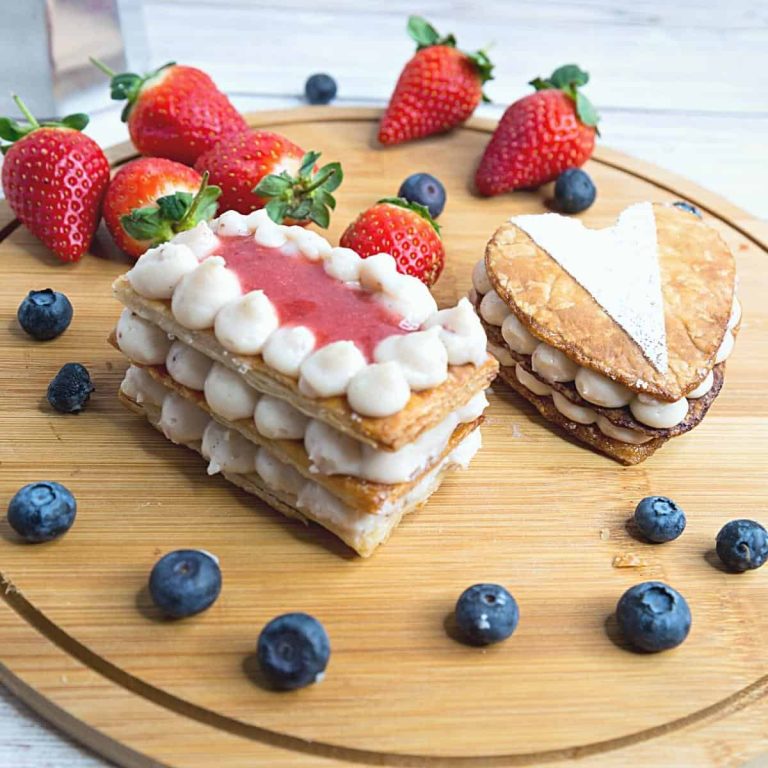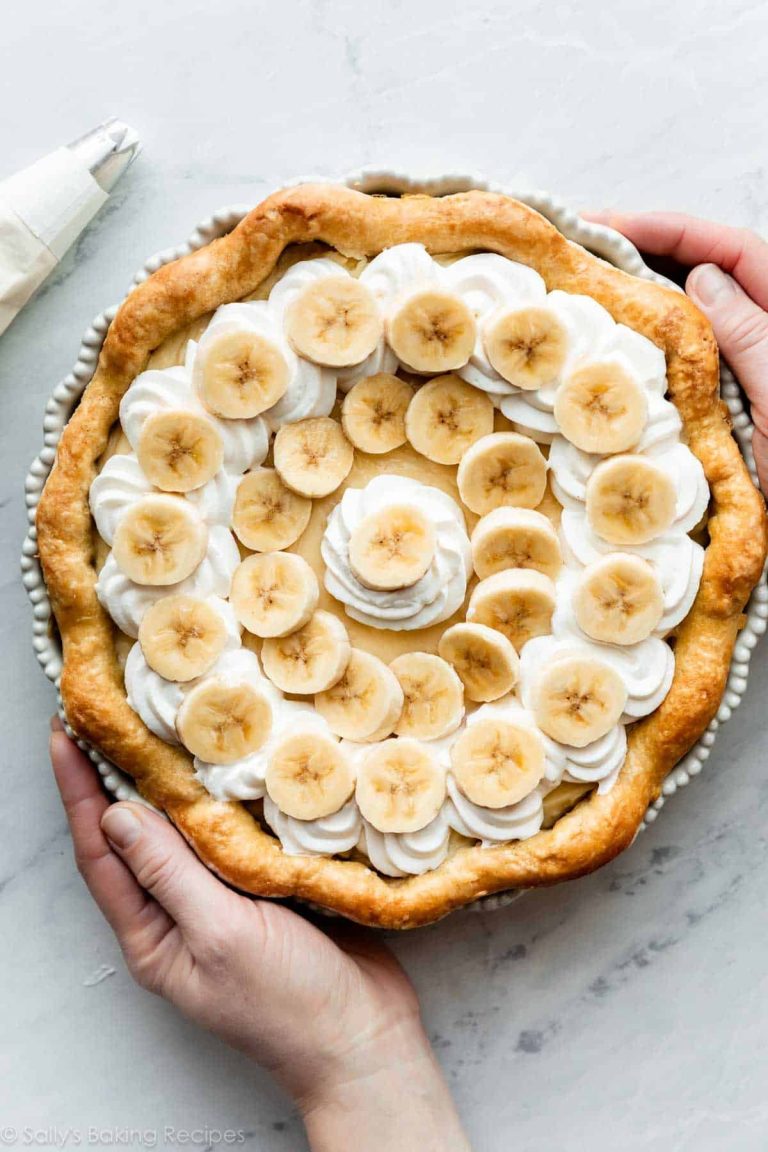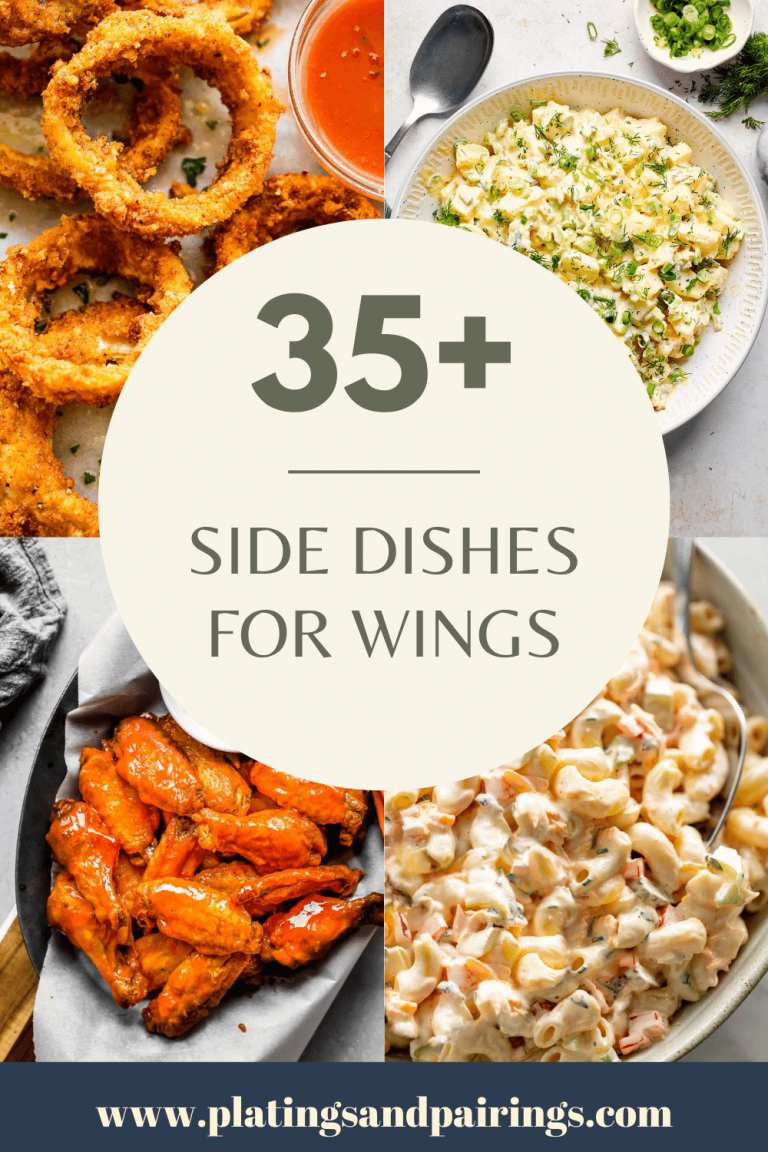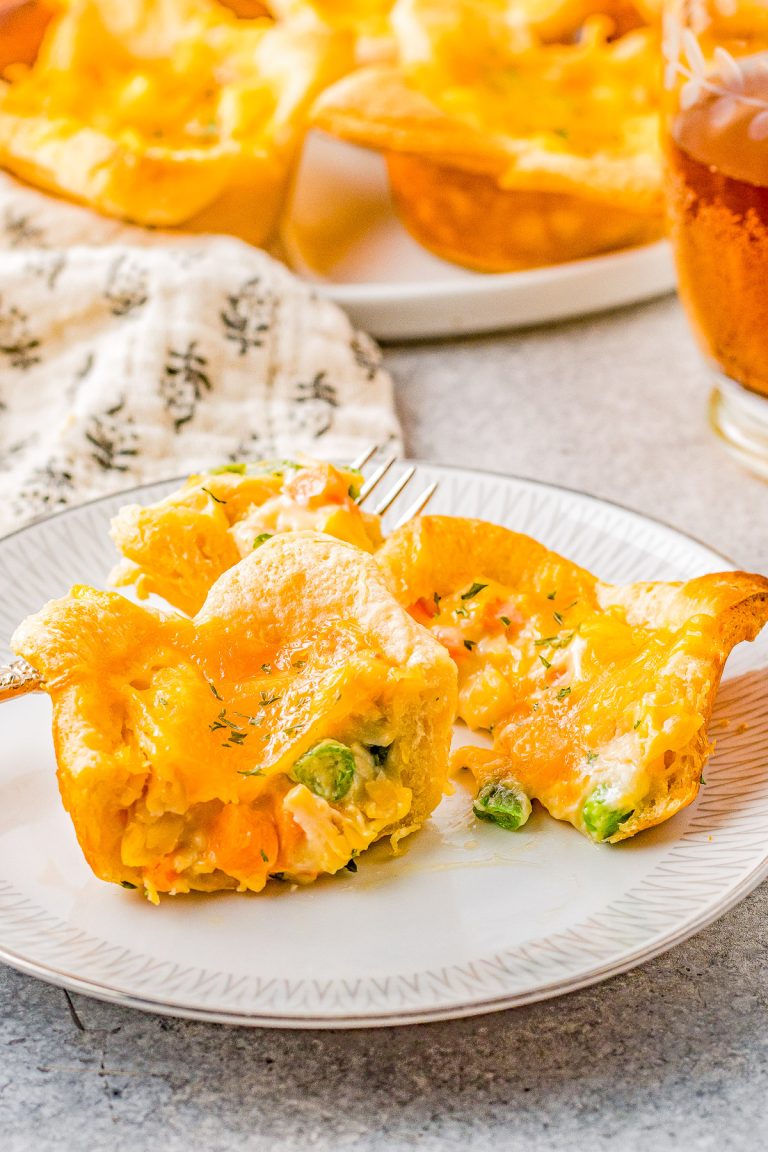German Potato Pancakes: History, Recipes, and Health Tips
German potato pancakes, called Kartoffelpuffer, have deep roots in German cuisine. Originating in the 19th century, these pancakes emerged as a staple due to the affordability and availability of potatoes. People initially made Kartoffelpuffer as a way to utilize leftover potatoes, turning them into a delightful dish. Over time, these pancakes became a beloved part of German culinary tradition.
Regional Variations and Names
Across Germany, potato pancakes vary by region, reflecting local tastes and customs. In the Rhineland, they’re known as Reibekuchen, often served at Christmas markets with applesauce or black bread. In Bavaria, locals call them Erdäpfelpuffer and sometimes enjoy them with sauerkraut. Each variation offers a unique spin on the classic potato pancake, showcasing Germany’s diverse culinary landscape.
The names and slight ingredient tweaks give each regional version a distinct identity. Regardless of the name or slight variations, the core elements—potatoes, onions, and a crispy texture—remain constant, making German potato pancakes a unifying dish throughout the country.
Essential Ingredients and Equipment
Key Ingredients Overview
For authentic German potato pancakes, you use fresh, quality ingredients. Key components include:
- Potatoes: Choose starchy varieties like Russets for crispier texture and better binding.
- Onions: Use yellow onions for a slightly sweet flavor that complements the potatoes.
- Eggs: These act as a binding agent to hold the pancakes together.
- Flour: Adds additional binding, ensuring the pancakes don’t fall apart during frying.
Optional ingredients enhance the flavors. Some examples include salt and pepper for seasoning, garlic for a robust taste, and parsley for a hint of freshness.
Recommended Cooking Tools
A few essential tools streamline the cooking process:
- Grater: A box grater or food processor grates potatoes and onions efficiently.
- Mixing Bowl: Large bowls accommodate all ingredients and ease mixing.
- Frying Pan: Preferably non-stick or cast iron, it ensures even cooking and helps achieve the desired crispy texture.
- Spatula: A wide, sturdy spatula flips the pancakes without breaking them.
- Paper Towels: Useful for draining excess oil from the fried pancakes.
These tools and ingredients make preparing German potato pancakes straightforward and efficient.
Step-by-Step Recipe for Authentic German Potato Pancakes
Preparing the Batter
Grate potatoes and onions using a grater into a mixing bowl. Squeeze out excess liquid to prevent soggy pancakes. Add eggs and flour for binding. Mix in optional ingredients like salt, pepper, garlic, and parsley to enhance flavors. Stir the batter until it reaches a consistent texture.
Cooking Techniques
Heat oil in a frying pan over medium-high heat. Drop spoonfuls of batter into the pan, flattening each to about 1/4 inch thick for even cooking. Fry until golden brown, about 3-4 minutes per side. Use a spatula to flip each pancake, ensuring it cooks evenly. Place cooked pancakes on paper towels to absorb excess oil before serving.
Enjoy your German potato pancakes with applesauce or sour cream for a traditional experience.
Serving Suggestions
Traditional Accompaniments
Pairing German potato pancakes with traditional accompaniments enhances their flavors. Applesauce and sour cream are classic choices. Serve a dollop of applesauce beside the pancakes for a sweet contrast. Sour cream offers a creamy, tangy alternative. To elevate the experience, consider including a side of smoked salmon or ham.
Modern Twists on Serving
You can explore modern twists on serving German potato pancakes by adding diverse toppings and sides. Avocado slices and cherry tomatoes create a fresh, vibrant pairing. For a gourmet touch, top the pancakes with a poached egg and hollandaise sauce. Salad greens with a light vinaigrette complement the crispy texture. Adding a sprinkle of grated cheese or a spoonful of Greek yogurt can introduce new and exciting flavors.
Health and Nutritional Information
Caloric Content
German potato pancakes, known as Kartoffelpuffer, average around 200 calories per serving (about three small pancakes). For every 100 grams, expect approximately 150 calories. These values depend on precise ingredients and frying methods. Baking the pancakes instead of frying reduces the caloric content.
Dietary Considerations
These pancakes fit vegetarian diets since they lack meat products but include eggs and dairy. For vegan versions, flaxseed meal and water can replace eggs. Also, gluten-free variations use chickpea or rice flour instead of wheat flour. When considering oil, opt for healthy options like olive or avocado oil. Applesauce and sour cream pairings offer vitamins A and C, while modern options like avocado slices add healthy fats.
Conclusion
Kartoffelpuffer offer a delightful glimpse into German culinary history and tradition. Whether you’re savoring them with classic applesauce or exploring modern variations, these potato pancakes are a versatile and delicious addition to any meal. By using quality ingredients and considering healthier preparation methods, you can enjoy this beloved dish while meeting your dietary preferences. So, get creative in the kitchen and let the flavors of German potato pancakes bring a touch of tradition and taste to your table.






